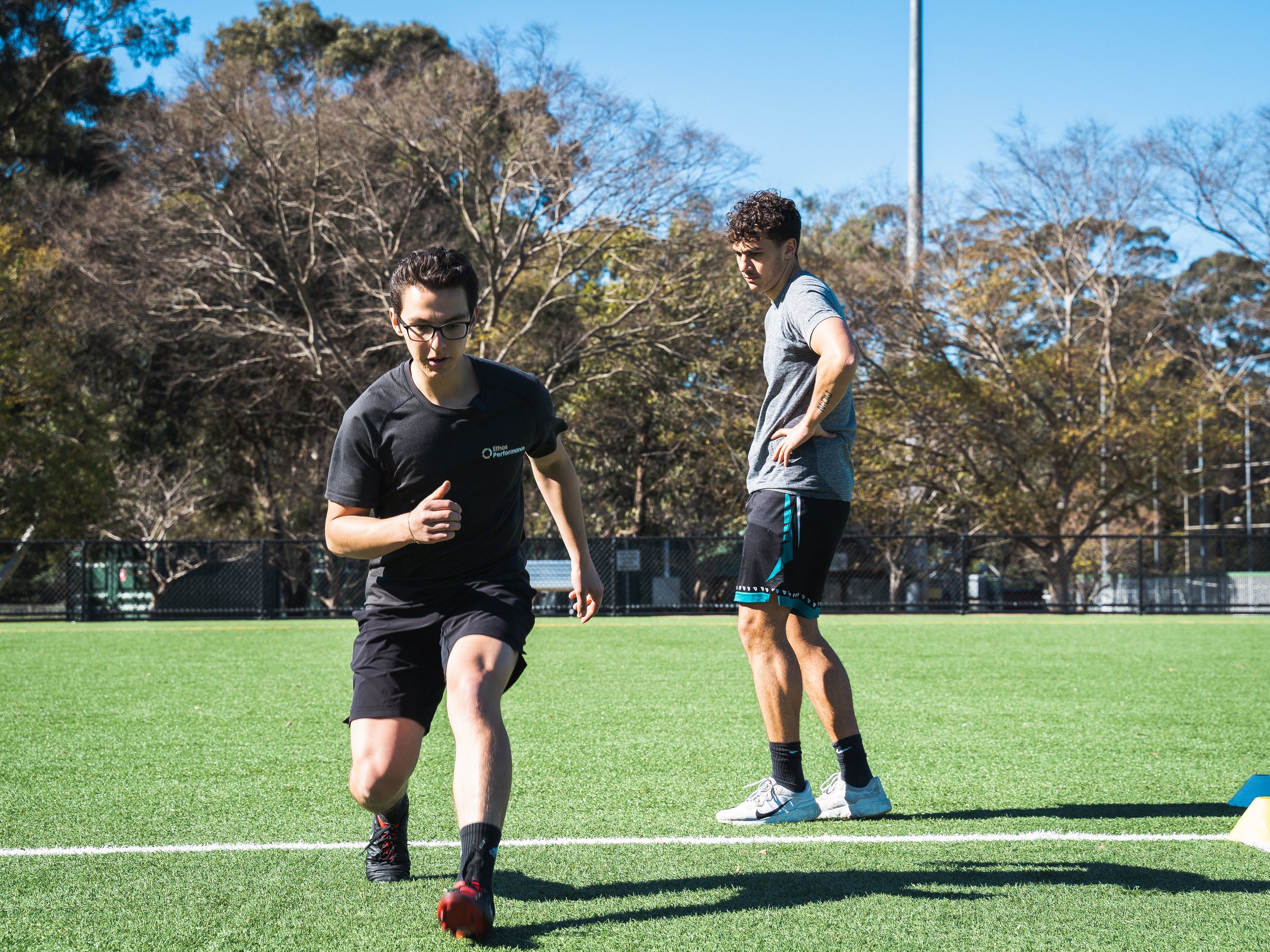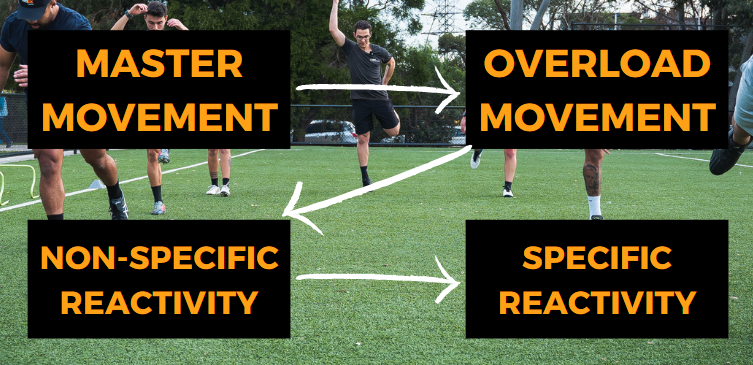AGILITY TRAINING: a framework to do it properly
There is no training type more butchered than agility training.
Agility training is poorly understood and, from what I can see on Instagram, poorly implemented. If you finish reading this blog and feel like someone should’ve told you this sooner, you’re right.
But don’t worry, gone are the days where we think we need to buy expensive flashing lights to become the next big thing in sport. There are simple ways to train agility, that don’t need to break the internet and will actually improve athletic performance.
If you’re curious about agility, change of direction, sprint training and how to bring it all together to make athletes better, read on…
THE 3-STEP PROCESS OF AGILITY
Agility: “a rapid, whole body movement in response to a stimulus”
So, agility has three main parts:
Stimulus
Response
Movement
For all movements in sport, there is a stimulus that triggers an athlete to respond with a given movement. In basketball, an open lane to the basket triggers the athlete to respond with an movement towards the basket to lay the ball into the hoop. In rugby league, an offensive player catching the ball in hand triggers you to set yourself into position to run it straight. In soccer, your striker puts their hand in the air to signal for a through ball, you turn and make the kick.
Knowing this three-step process athletes unconciously go through every day, we can begin putting training ideas together by asking simple questions. What stimuli do athletes need to respond to in competition? What movements are required from the athlete to effectively respond?
WHERE ARE WE GOING WRONG?
The above video does a good job outlining what’s done wrong in ‘agility’ training. Either by not having anything to react to at all, or by reducing the physical output in the drill so much that there’s no physical adaptation as a result. One of the main benefits of adding agility into training, which isn’t given enough credit, is the following:
Time Available: when drills are given with no reactivity, you have more time to decide what you’ll do, making the eventual movement take longer. When you give tight reactive demands, you are given less time to complete the drill. Physically, this means you’ll need to produce force more quickly, creating a different adaptation compared to a pure change of direction. This also
Intensity: while reaction times and responses to stimuli in sport are extremely fast, in sporting contexts, this does little to diminish the intensity of sporting movements. If you can effectively combine both reactivity and high intensity into training, you’re onto something.
MOVEMENT TYPES
In general, movement in field/court sports can be put in one of the below categories or multiple at the same time.
Jumps
Hops
Bounds
Shuffles
Cuts
Sprints
Backpedals
Specific Sport Skills
So, when training agility, the first thing we need to do is train movement. Our goal is to broaden their movement toolkit and optimise the movements which are most relevant to the sport.
STIMULUS TYPE
Stimuli can be broken down into three main types:
Visual
Response to what you can see
Auditory
Response to what you hear
Tactile
Response to what we touch or what touches us
Once we have mastered some movements, we can start adding stimuli.
RESPONSE TYPE
INVASIVE
Going towards the stimulus (tackling an opposition player, stealing the ball from opposition, tracking offensive players while in defense)
EVASIVE
Going away from or getting past the stimulus (stepping past the defense to score a try, driving past defenders to make a lay up)
BUT ISN’T THAT JUST SKILLS TRAINING?
Yes! And no…
Skills training is where an athlete’s technical and tactical ability is maximised. This brings one issue, adaptation!
Whenever we train, we’re looking for adaptations. To adapt, we need to send a message to the body that we need to improve at something. Want to get stronger? Lift heavy weight. Want to move faster? Move quickly. It can be hard to move truly quickly during technical-tactical activities because of the need to repeatedly complete the skill over long periods of time. Increased fatigue = reduced intensity = no speed or power stimulus.
Strength & Conditioning coaches add specificity to physical training, not the other way around. So we must ensure that in the pursuit of more effective agility training, we don’t lose the high physical outputs that will cause the body to actually grow and change.
“...we must ensure that in the pursuit of more effective agility training, we don’t lose the high physical outputs that will cause the body to actually grow and change. ”
SO WHERE DO I START?
Now it’s on you. Pick some movements that are relevant, find out what kind of stimuli your athletes get in competition and train it! Use the flow chart as a simple way of planning your training:
Master a movement pattern or skill
Do the movement as fast as possible or with resistance
Add some simple reactivity to begin challenging the athlete’s ability to produce the movment under constraints
Make the reactivity progressively more specific
Drills are never non-specific or specific, they live in a continuum and get progressively further away or closer to the actual demands of the sport
TIPS AND TRICKS
Make it a game: if you can add a competitive edge to your training, do it. This will maximise focus and adherence to the exercise
Simple works: while progression is the goal, never move away from old faithfuls. Lateral shuffles, max effort jumping/bounding/hopping, sprints etc will always be king to laying a solid groundwork. No one is above the basics.
Collaborate: as Strength & Conditioning coaches and athletes, we have the privilege to be surrounded by experienced skills coaches that can guide us. Ask them: are there any movements or drills you’d like them to improve? Are there any skills that you’d like them to be doing more of during sessions? Take the response and implement it where possible to maximise buy-in and effectiveness



